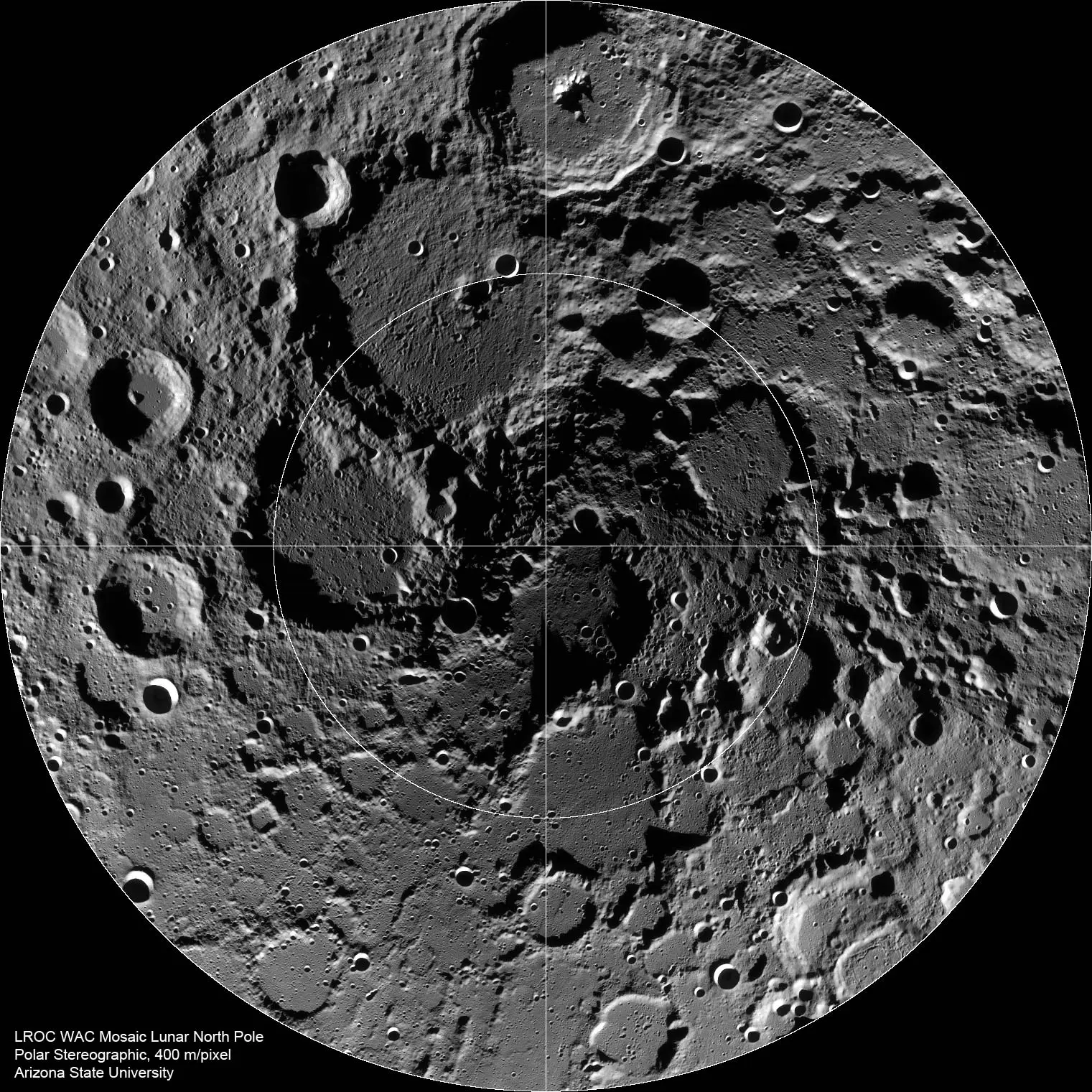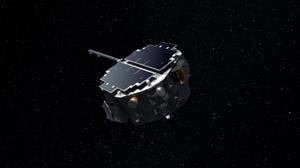Science
Astronomers Uncover the Moon’s Age Through Crater Counting

Scientists have developed a method to determine the age of the Moon, revealing its fascinating geological history through a technique known as crater counting. This approach involves analyzing the number and distribution of impact craters on the Moon’s surface, providing insights into its age compared to other celestial bodies in the solar system.
Understanding Crater Counting
Craters form when asteroids or comets collide with celestial bodies like the Moon. Unlike Earth, where weathering and geological processes can erase these scars, the Moon remains largely unchanged due to its lack of atmosphere, water, and tectonic activity. As a result, craters accumulate over billions of years, offering a record of the Moon’s past.
Not all lunar surfaces are equal in age. Areas that were once molten can conceal older craters, making crater counting an essential tool for understanding the Moon’s geological timeline. For instance, the darker plains known as the maria have fewer craters, indicating they are younger than the heavily cratered highlands.
To achieve a precise understanding of the Moon’s age, researchers have relied on data from the Apollo missions, which returned samples of lunar rocks. These rocks have been analyzed using radiometric dating, allowing scientists to determine their absolute ages based on the decay of radioactive elements.
Key Findings from Apollo Missions
The Apollo missions, particularly Apollo 11 at the edge of the Sea of Tranquility, revealed that some lunar regions are over 4 billion years old. In contrast, younger features include prominent impact craters such as the Copernicus and Tycho craters, both of which are less than 1 billion years old. The youngest crater, the Giordano Bruno crater, is estimated to be merely 4 million years old.
These findings have not only illuminated the Moon’s history but also enabled scientists to calibrate crater counts on other celestial bodies. By applying the age data obtained from the Moon, researchers can estimate the ages of surfaces on planets like Mercury and moons such as Callisto, expanding our knowledge of the solar system without needing to visit these locations.
In addition to determining the Moon’s age, the Apollo missions provided insight into its gradual separation from Earth. This phenomenon was first hypothesized in the early 1800s by astronomer Sir Edmund Halley, who noted that ancient eclipse records suggested a slow drift between the two bodies.
Using a technique proposed by Princeton graduate student James Faller in 1962, scientists placed reflectors on the Moon’s surface. This advancement allowed for precise measurements of the distance between the Earth and the Moon by bouncing lasers off these reflectors. Current data indicates that the Moon is receding from Earth at an average rate of 3.8 centimeters per year.
The implications of the Moon’s gradual departure are significant. In several hundred million years, the combined effects of the Moon’s drift and the increasing brightness of the Sun will lead to a future where total solar eclipses become impossible. As such, the current celestial displays should be cherished while they remain a part of our sky.
Through crater counting and data from the Apollo missions, scientists have not only pieced together the Moon’s complex history but have also enhanced our understanding of planetary geology across the solar system. The ongoing exploration of lunar samples continues to yield insights, shaping our grasp of both the Moon and its relationship with Earth.
-

 Technology5 months ago
Technology5 months agoDiscover the Top 10 Calorie Counting Apps of 2025
-

 Health3 months ago
Health3 months agoBella Hadid Shares Health Update After Treatment for Lyme Disease
-

 Health3 months ago
Health3 months agoErin Bates Shares Recovery Update Following Sepsis Complications
-

 Technology4 months ago
Technology4 months agoDiscover How to Reverse Image Search Using ChatGPT Effortlessly
-

 Technology1 month ago
Technology1 month agoDiscover 2025’s Top GPUs for Exceptional 4K Gaming Performance
-

 Technology3 months ago
Technology3 months agoElectric Moto Influencer Surronster Arrested in Tijuana
-

 Technology5 months ago
Technology5 months agoMeta Initiates $60B AI Data Center Expansion, Starting in Ohio
-

 Technology5 months ago
Technology5 months agoRecovering a Suspended TikTok Account: A Step-by-Step Guide
-

 Health5 months ago
Health5 months agoTested: Rab Firewall Mountain Jacket Survives Harsh Conditions
-

 Lifestyle5 months ago
Lifestyle5 months agoBelton Family Reunites After Daughter Survives Hill Country Floods
-

 Health3 months ago
Health3 months agoAnalysts Project Stronger Growth for Apple’s iPhone 17 Lineup
-

 Technology4 months ago
Technology4 months agoHarmonic Launches AI Chatbot App to Transform Mathematical Reasoning





















